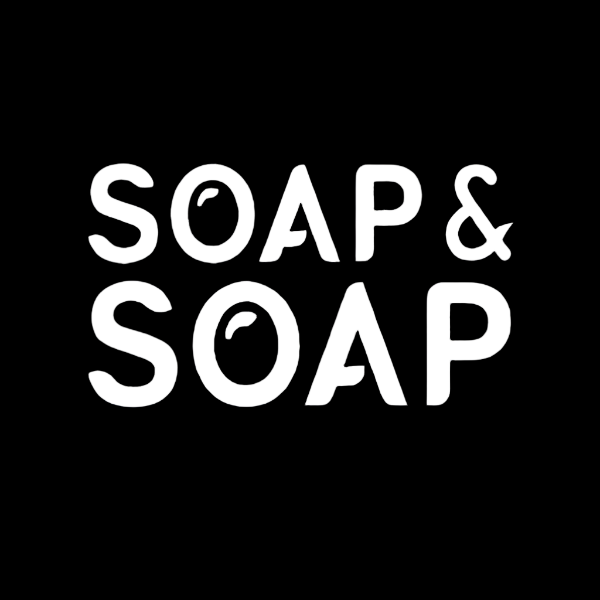When the 5000-year history of soap is examined from the Sumerians to the present, it is determined that the ashes of the animals sacrificed in the temple in Mount Sapo during the Roman period and the ashes of the wood burned for cooking / heating in the same region are mixed with the river, and it is determined that the clothes are cleaned more easily and effectively in the areas where the water is foaming on the river skirts. It is rumored that the process was called “Sapo” (soap). The first written record that could be related to soap; B.C. It belongs to the Sumerians in 2500 BC and is concerned with cleaning wool using ash and animal (goat) fat. In the Babylonian Feudalism of the Akkadians; B.C. The recipe for "soap" with cassia oil and alkali was found on clay tablets estimated to be 2200 years old.

Containing medical information of Egypt; Ebers papyrus BC. He cites that in 1550 the Egyptians were often cleansed with a mixture of vegetable and animal oils and alkali salts. Although the Romans knew about soap, they did not use it widely. Arabs and Turks first knew the value of soap. It is thought that the Turks introduced the soap to the Europe.
Until about the 11th century, the Turks used saponin-containing substances such as soda, gypsum, devila, soapgrass, milk root, spoon grass, husk, bitter wood, evergreen, hare ear, castor chestnut, and ash in water instead of soap. Vikings and Celts also discovered soap. It is assumed that the Celts introduced the soap to England. MS. Soap is mentioned in around 1000 inscriptions, and in 1193 some soap makers in Bristol. In the 13th century, Marseille came to the fore as the first major soap production center and was an important production center during the Middle Ages.

Other important soap production centers are Genova, Venice and Bari in Italy and Castilla in Spain. In this period; Soaps were made from olive oil. Commercially, the techniques of soap production were kept a great secret. Although it was produced in significant quantities, its use was infrequent. King Henry IV of England is said to have enacted the "Bathing Order" in 1399 to ensure that nobles take a bath of water at least once in their lifetime (in a chivalry ceremony). The Queen of Spain, Isabella, boasted of taking two baths in her life. Once born and once married. Queen Elizabeth of England; It has been called sophistication because it takes a bath every three months "whether he needs it or not". Cromwell, the "Lord Protector" of England in the 17th century, heavily taxed soap making and imports. The rulers after him also continued these high taxes.
After the French chemist Nicolas Leblanc obtained pure alkali in 1791, soap, which was previously made with ash and animal fats, began to be produced commercially, without trial and error, based on the formula, with reproducible quality. However, soap production was discontinued in the 19th century due to high taxes. It was largely hindered until the abolition of taxes in the middle of nowhere.
In 1823, thanks to the work of the French chemist Eugene Chevreul (1786 - 1889), who studied and found the structure of the reaction called saponification, the soap industry showed a great development in the 19th century. In the 1920s, the chemist Mac Bain and his friends, who determined the phase diagrams of soaps, began regular research and ensured that the production was based on scientific foundations.



